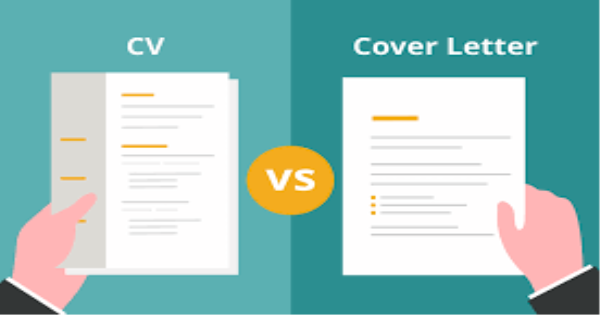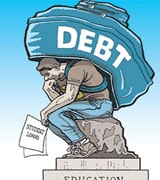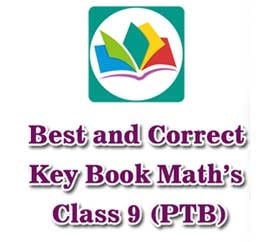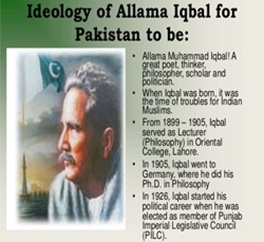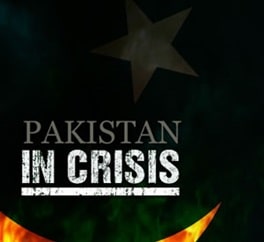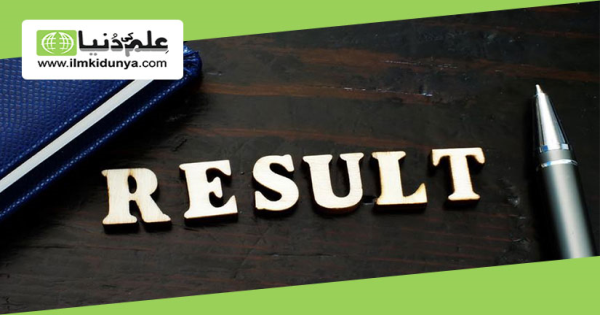A powerful CV (Curriculum Vitae) or resume, paired with a compelling cover letter, is your ticket to landing a job interview. In today’s competitive job market, knowing how to write these documents effectively can make all the difference. Whether you're a fresh graduate or an experienced professional, this guide will walk you through the essentials of crafting winning CVs and cover letters.
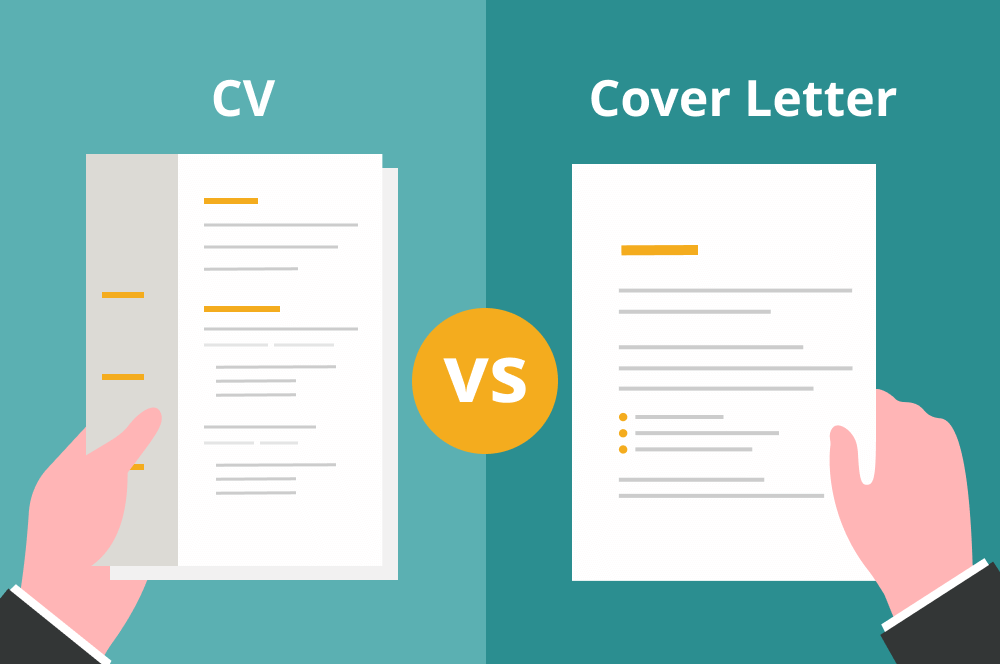
What is a CV/Resume?
A CV or resume is a professional summary of your:
-
Work experience
-
Education
-
Skills
-
Achievements
-
Certifications
Both serve the same general purpose: to convince employers to offer you an interview. The difference lies in format and length—CVs are often more detailed than resumes.
What is a Cover Letter?
A cover letter is a one-page document sent alongside your CV or resume. It introduces you, explains why you're interested in the job, and highlights how your background makes you a perfect fit.
Difference Between CV and Resume
| Feature | CV | Resume |
|---|---|---|
| Length | 2–3 pages (or more) | 1–2 pages |
| Focus | Academic/professional achievements | Skills and work experience |
| Used For | Academia, research, international jobs | Corporate jobs, general employment |
| Customization | Less frequently customized | Tailored for each position |
How to Write an Effective CV/Resume
1. Start with a Strong Header
H3: Include:
-
Full Name
-
Phone Number
-
Email Address
-
LinkedIn or portfolio link (if applicable)
2. Write a Professional Summary
A short paragraph (3–4 lines) summarizing your career, strengths, and goals.
Example:
Results-oriented marketing professional with over 5 years of experience in digital marketing, SEO, and content strategy. Proven track record of driving traffic and conversions.
3. Highlight Work Experience
List your job roles in reverse chronological order.
Include:
-
Job Title
-
Company Name
-
Duration (Month/Year – Month/Year)
-
Key Responsibilities and Achievements
Example: Digital Marketing Manager
XYZ Solutions, Lahore | Jan 2020 – Present
-
Increased website traffic by 120% in 12 months
-
Led a team of 5 marketing specialists
-
Managed monthly ad budget of $10,000
4. Add Your Education
H3: Include:
-
Degree
-
Institution Name
-
Year of Completion
-
Any honors or relevant coursework
5. List Skills Relevant to the Job
Examples:
-
Microsoft Office Suite
-
Python Programming
-
Content Writing
-
Project Management
-
Adobe Photoshop
Use bullet points and focus on skills mentioned in the job ad.
6. Add Certifications (If Any)
Only include relevant and recent certifications.
Example:
-
Google Ads Certification – 2023
-
Certified Scrum Master – 2022
7. Include Volunteer Work or Projects (Optional)
This is especially useful for fresh graduates or career switchers.
How to Write an Effective Cover Letter
1. Header with Contact Info
Same as your CV header, include:
-
Your Name
-
Address
-
Email
-
Phone
Also include:
-
Hiring Manager's Name (if known)
-
Company Name
-
Company Address
2. Introduction
Mention the position you're applying for and how you heard about it.
Example:
I am writing to express my interest in the Digital Marketing Specialist position at ABC Ltd, as advertised on your careers page.
3. Body Paragraphs
a. Highlight Your Strengths
-
Mention experience, skills, and qualifications that match the job
-
Use metrics or achievements if possible
b. Show Knowledge About the Company
-
Mention a recent project, value, or product you admire
-
Show genuine interest
4. Closing
-
Express eagerness to interview
-
Thank the employer
-
Mention enclosed resume
Example:
Thank you for considering my application. I would welcome the opportunity to discuss how I can contribute to your team. Please find my resume attached.
Cover Letter Sample Structure
| Section | Details |
|---|---|
| Header | Your and employer’s contact info |
| Greeting | “Dear [Hiring Manager’s Name]” |
| Intro | Who you are, job title, where you found it |
| Body | Relevant skills, achievements, enthusiasm |
| Closing | Call to action, thank you, attachment mention |
Do’s and Don’ts
Do’s
-
Tailor each CV and cover letter for the job
-
Use action verbs: led, managed, created, improved
-
Keep layout clean and easy to read
-
Proofread for grammar and typos
-
Use a professional email address
Don’ts
-
Don’t use the same resume for every job
-
Don’t include irrelevant hobbies or outdated skills
-
Don’t lie about qualifications or experience
-
Don’t exceed 2 pages unless it's an academic CV
Final Tips for Success
-
Save files as PDF unless stated otherwise
-
Name your files professionally:
JohnDoe_CV.pdf -
Prepare a separate CV for each job type (e.g. teaching, IT, design)
-
Use tools like Canva or MS Word for stylish yet professional formats
Quick Checklist
| ✅ Section | Included |
|---|---|
| Contact Info | ✅ |
| Professional Summary | ✅ |
| Work Experience | ✅ |
| Education | ✅ |
| Skills and Certifications | ✅ |
| Cover Letter Introduction | ✅ |
| Cover Letter Body & Conclusion | ✅ |
Writing effective CVs and cover letters is more than just listing jobs and degrees—it’s about storytelling and alignment with the employer’s needs. A tailored, concise, and well-structured resume accompanied by a passionate cover letter can greatly improve your chances of getting hired.
Ilmkidunya








.gif)








